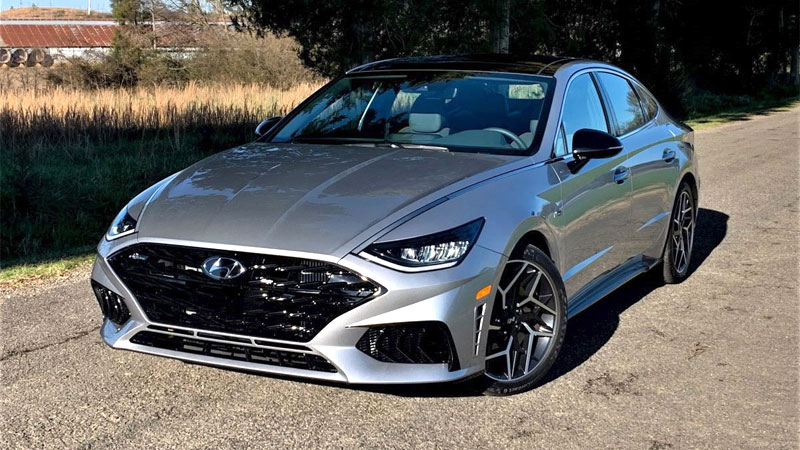Midsize Performance Master: 2021 Hyundai Sonata N-Line
A performance-oriented version debuts for the Hyundai Sonata. Performance and a midsize sedan don’t mix, but that belief is fading fast. Indeed, several manufacturers offer sedans with sporty variants, giving customers a choice that goes beyond the average people mover. With the midsize Sonata, Hyundai has offered some decent performers … Read more

